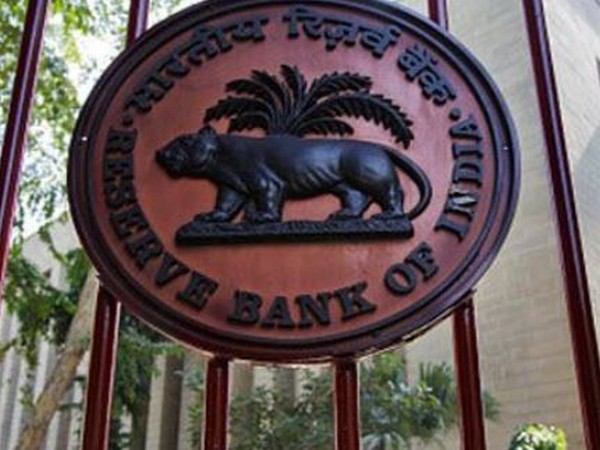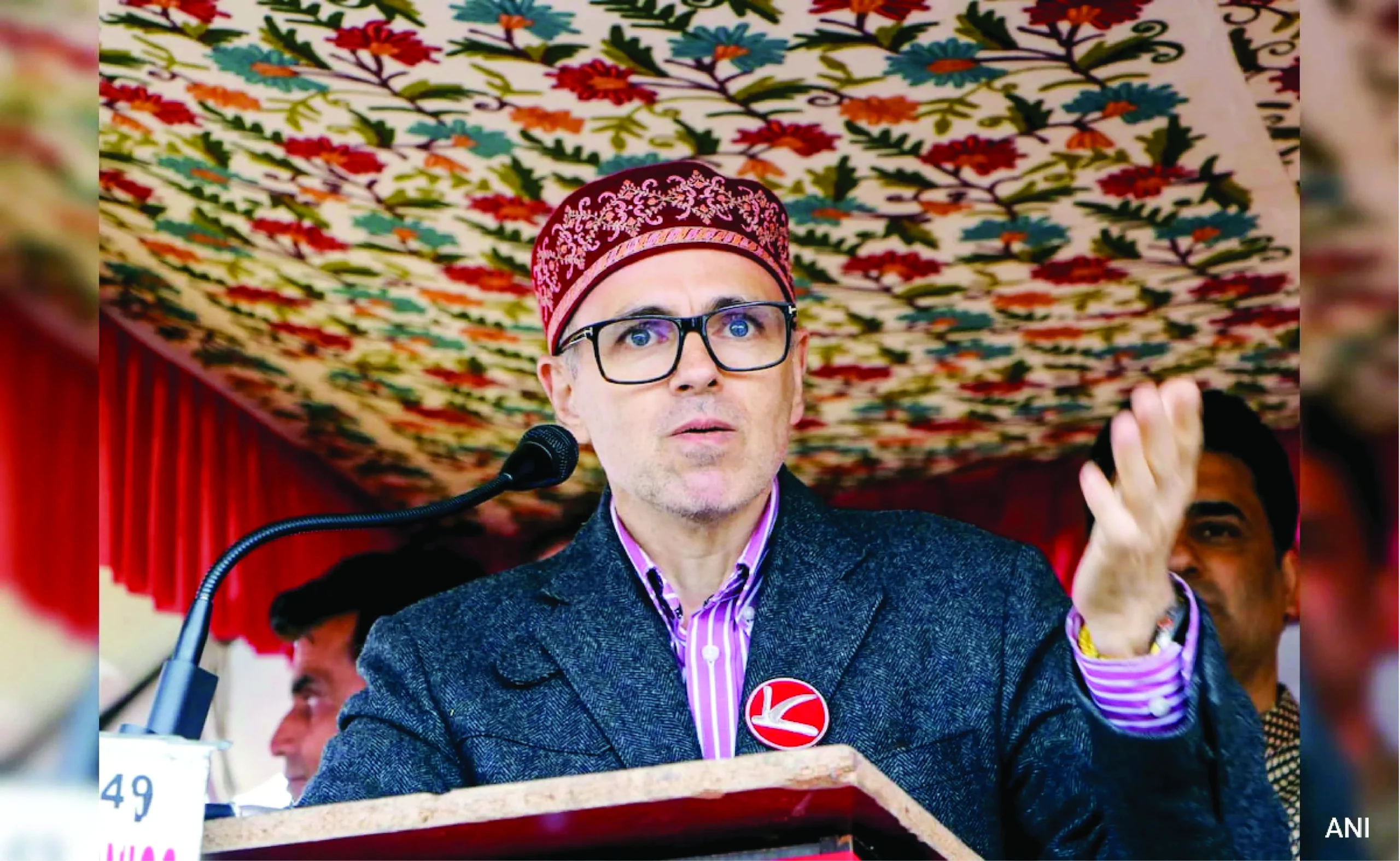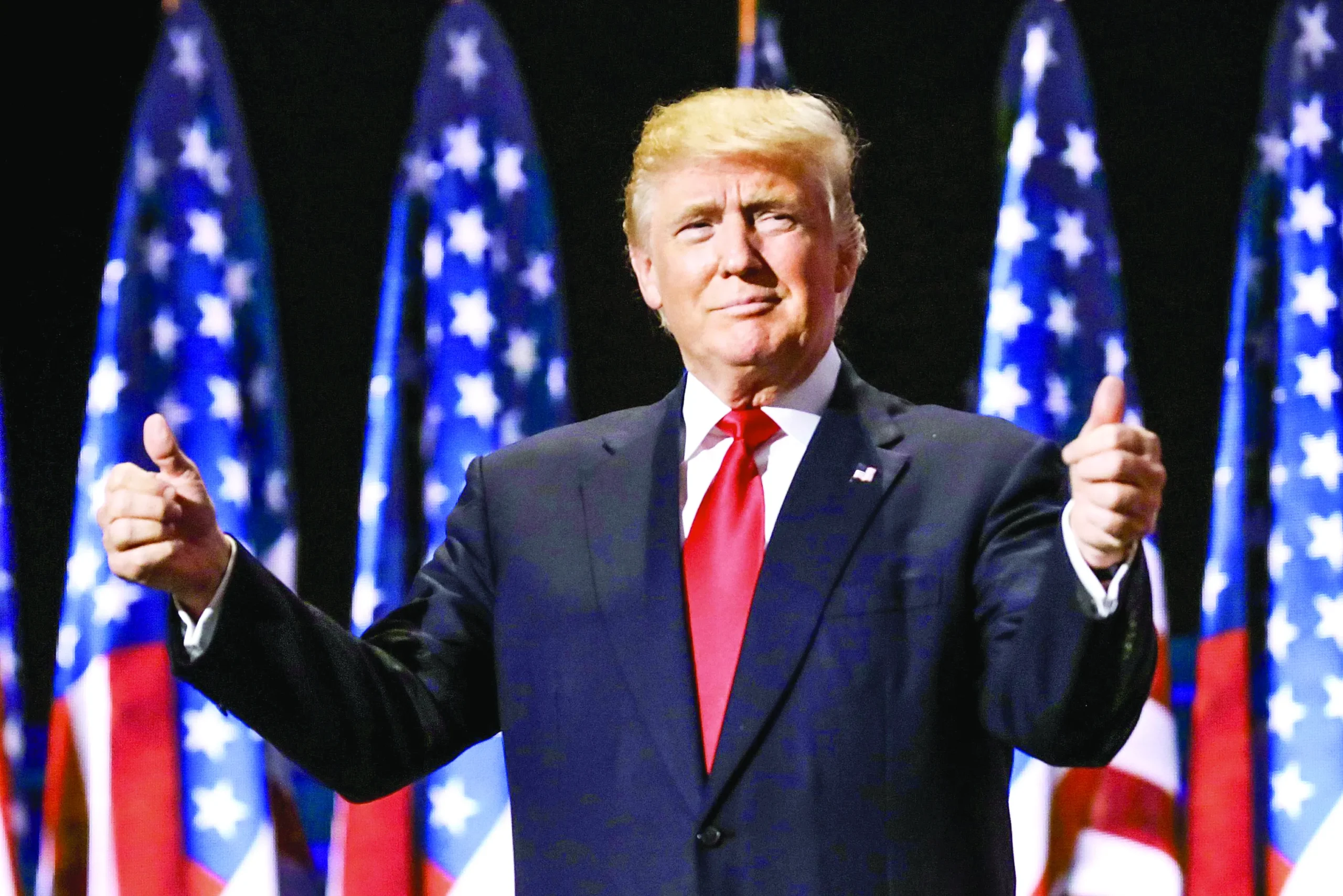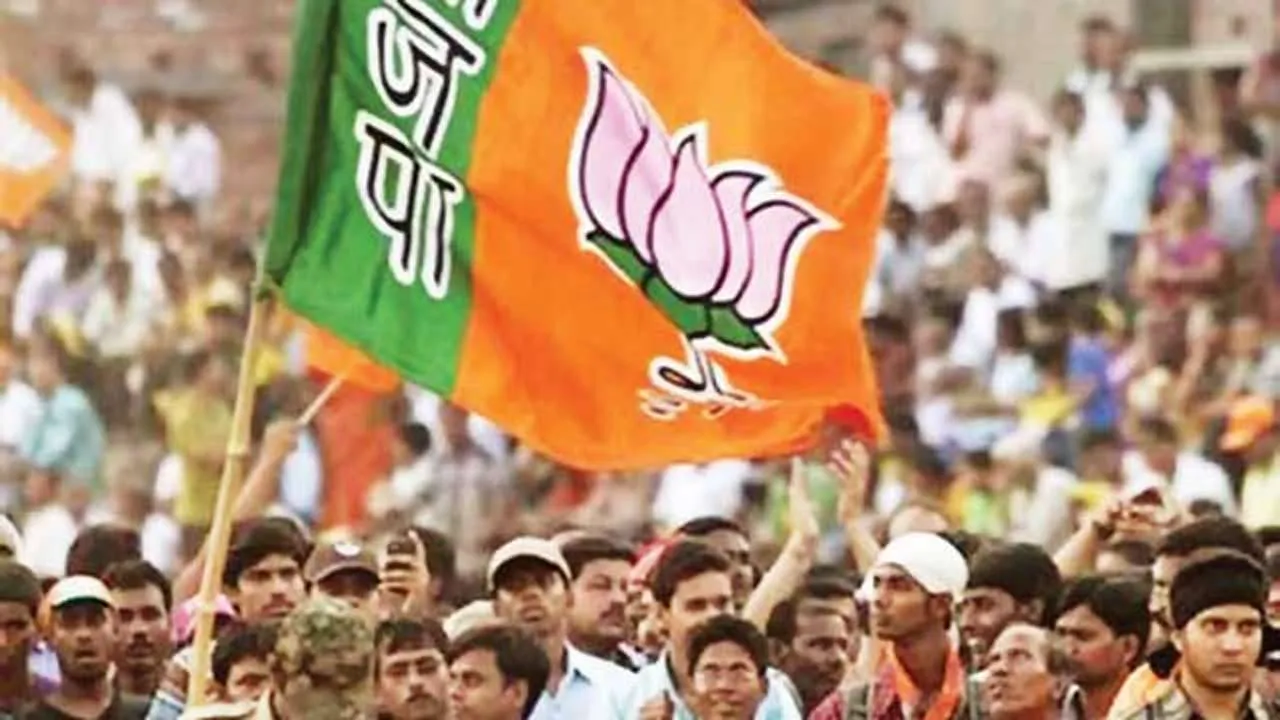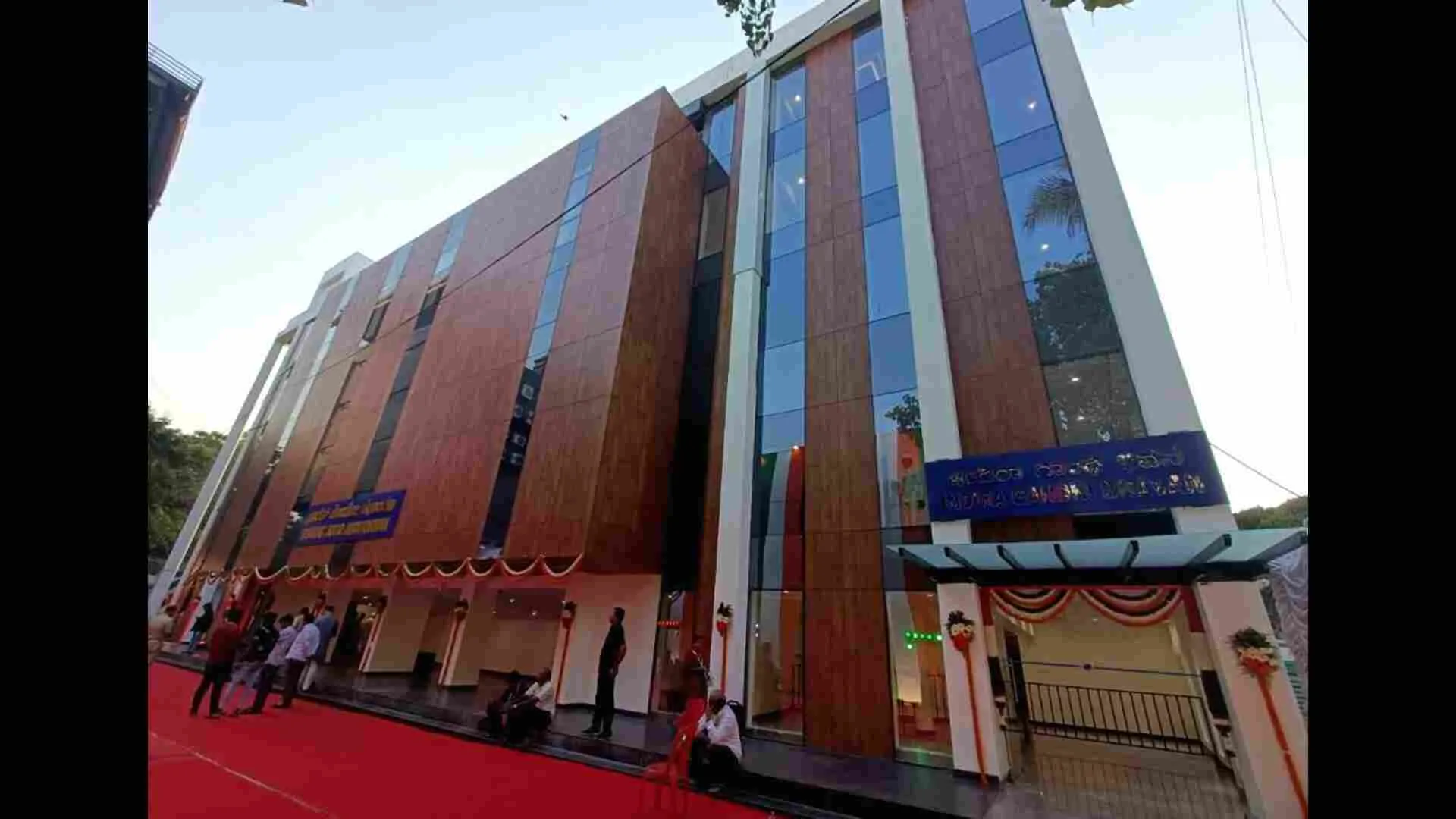Global externalities weigh on MPC decision
The Monetary Policy Committee (MPC) expectedly raised the policy rate by another 50bps for the third consecutive time, with the repo rate now at 5.90%. The decision had a 5-1 split, with one of the members Prof. Ashima Goyal voting in favour of a 35bps hike. The supposed stance has been kept unchanged at “focus on withdrawal of accommodation”, albeit with consistent dissent from Prof Jayanth Varma, another member. The broad underlying narrative is in line with our expectations: the world order is changing, and outsized Fed hikes will lead the synchronized global monetary-tightening cycle. To that extent, global externalities and financial conditions override domestic dynamics. We had argued that the fast-evolving global dynamics and consistent repricing of Fed’s massive hikes are strong-arming Emerging Markets (Ems), indirectly pressing their assets to offer higher risk premia to the world. India has not been spared here, with concerns on the external front continuing to simmer despite easing global supply chain issues. The instability inherent with the classic EM central bank trilemma is exposed: one cannot have a stable currency, unfettered capital flows, and independent monetary policy all at the same time. This painful adjustment has also impacted RBI’s reaction function, which realised the net cost of a supposed soft signalling via a shallow hike could be higher than the explicit cost of a higher 50bps hike. Else, the avoidable noise in financial asset classes would have made the steady state equilibrium even more far-fetched.
INR and external debt pressures seem manageable
The Governor noted that INR weakness has been orderly and in the middle of the EM pack. He again asserted that INR is market determined and pre-determined by RBI, with the central bank only intervening to curb excessive volatility and anchor expectations. He also noted that of the near $70bn loss in spot forex reserves FYTD23, about 67% loss is owing to valuation changes from surging USD and higher US bond yields. This, of course, does not include the run down on forward position. He also added that the umbrella of adequacy of forex reserves continues to be strong and external financing requirements will be met comfortably.
Inflation-growth outlook little changed
The broad narrative on inflation and growth remains unchanged. The tone on the inflation assessment was cautious; the press release again highlighted the risk that sustained high inflation could unmoor inflation expectations and lead to second round effects in the medium term. Even with mild easing in input cost of production, the inflation outlook is fraught with considerable uncertainty, given the volatile geopolitical situation, global financial market volatility and supply disruptions, while demand side resilience could also keep core inflation high. The inflation forecast has been kept unchanged at 6.7% for FY23. On the growth front, the sectoral value-add should be boosted by broad-based gains in agri, industrial and services sectors, while the demand side could be buoyed by rural and urban consumption in H2FY23. However, net exports could be a drag to growth. Keeping that into consideration, the RBI cut the growth forecast to 7% with balanced risks.
RBI unlikely to go too restrictive
We think the conscious front-loading of policy rates gives the MPC some breather on shallow hikes ahead. With inflation likely to be largely in line with RBI’s estimates, today’s 50bps hike will make the ex-post forward real repo rate positive, albeit still lower than the RBI’s estimated real neutral rate of 0.8-1%. At this point, we still think that the RBI would not go too restrictive and terminal rate could hover near the estimated neutral real rates, implying not more than 50bps hikes ahead.
However, the extent of global disruption will remain key to the RBI’s reaction function ahead. The situation globally is still fluid, and macro assessments might require frequent adjustments from the policy perspective. With Banking liquidity now closer to deficit levels, and comfortably below the threshold of 1.5% NDTL (which is seen as inflation-pressing), the policy focus will now also be on to transmission of past rate hike actions, in case of some calm in global asset classes. The system liquidity may improve ahead only at the margin as government spends may be partly offset by higher currency in circulation and consistent high C/D ratios. This liquidity tightening also tantamount to another estimated 25bps+ of rate hike, implying less pressure on conventional repo hikes to take place.
Madhvi Arora is the Lead Economist with Emkay
Global.

